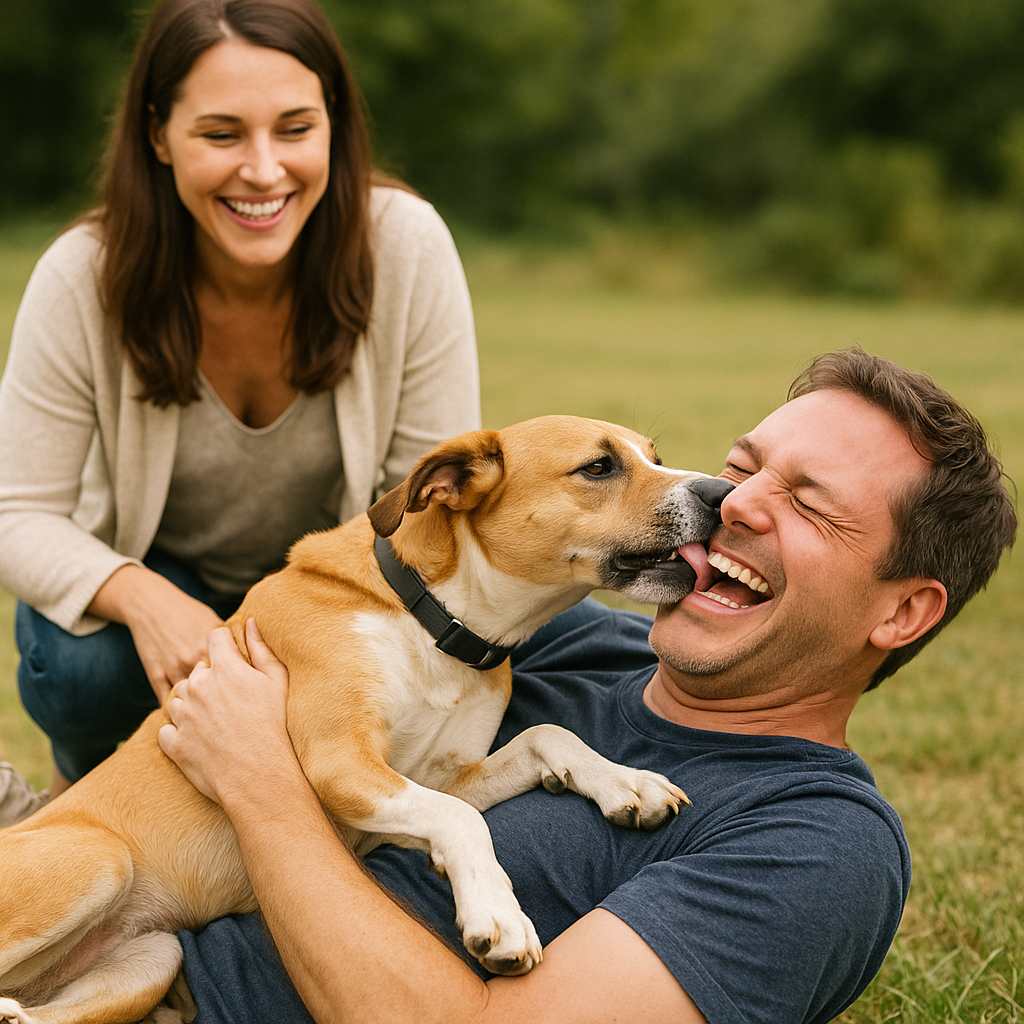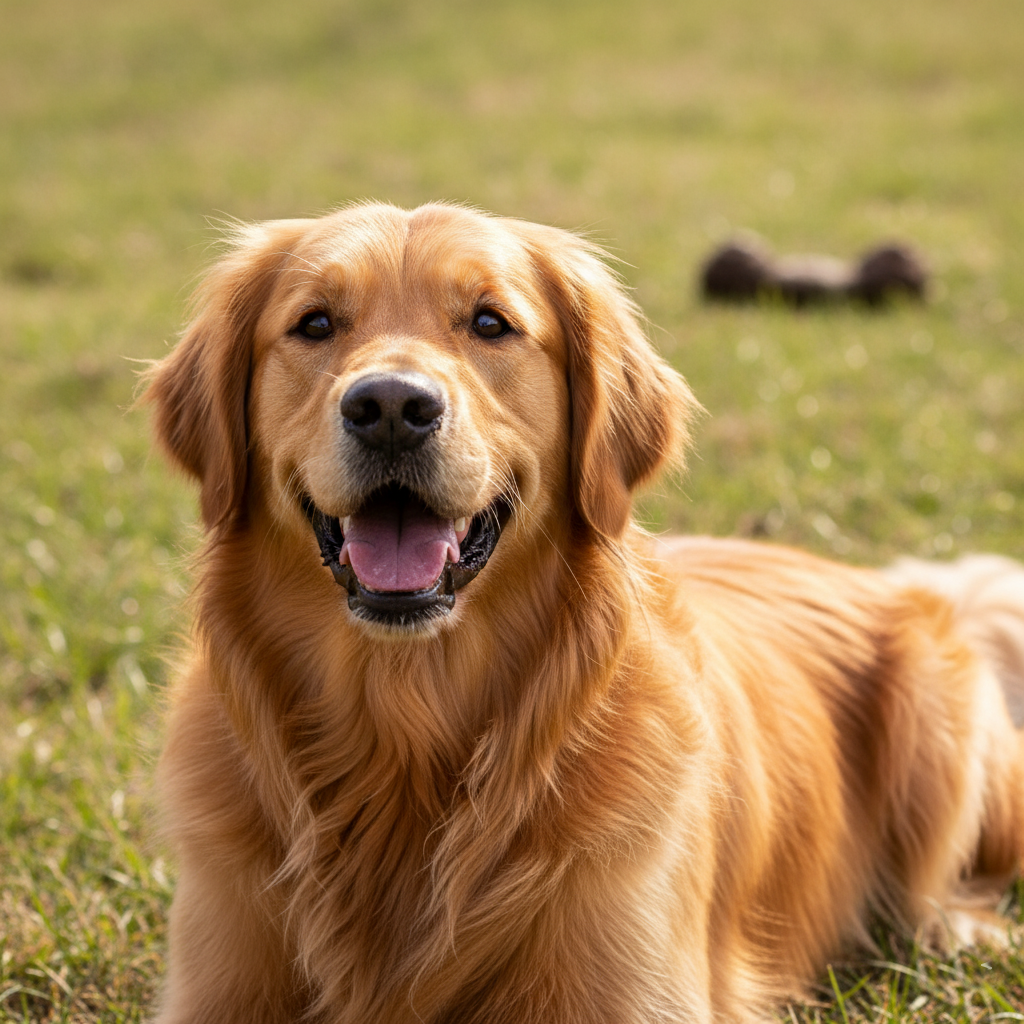As pet owners, we always aim to give the best to our furry friends. From the coziest beds to the best toys, every decision is made with their health in mind. So, it’s no surprise that the debate about what goes into their food bowls is getting more attention. Kibble has been a convenient staple for years. However, a growing movement is promoting the benefits of a raw food diet for dogs. But is it really the best choice, and how do you start such a big dietary change? Let’s explore.
For many years, veterinarians and pet owners have depended on commercially prepared dog foods. These foods are convenient, have a long shelf life, and are usually designed to meet specific nutritional standards. However, supporters and practitioners of raw feeding argue that these processed foods may lack essential nutrients and include harmful ingredients. A raw diet, on the other hand, mimics the diet of a dog’s ancestors: uncooked meat, bones, organs, and a small amount of fruit and vegetables. The benefits of this diet include improved coat health, better dental hygiene, and enhanced digestion.
The Potential Payoff: What to Look For
So, if you decide to take the plunge, how will you know if your dog is thriving on a raw diet? The transition isn’t just about what’s in the bowl; it’s about observing your dog for subtle, and sometimes not-so-subtle, changes.
One of the first things many owners notice is an improvement in coat health. Expect a shinier, softer, and thicker coat, often with less shedding. This is due to the increased bioavailability of fats and nutrients in a raw diet. Another common benefit is improved dental hygiene. Chewing on raw, meaty bones helps clean the teeth by scraping off plaque and tartar. This results in fresher breath and healthier gums and teeth. These are just a few of the potential benefits a raw diet can offer your dog’s health, giving you hope for a healthier, happier pet.
Dogs on a raw diet often see better digestion. They may have smaller, firmer, and less smelly stools, showing their bodies absorb more nutrients and produce less waste. You might also notice more energy and vitality as their bodies use the fuel efficiently. Some owners even report fewer allergies and chronic inflammation.
Remember that every dog is unique. While the benefits of a raw diet are common, it’s essential to consult your veterinarian before making any major dietary changes. A good veterinarian will help you understand your dog’s specific needs and ensure their health during the transition.
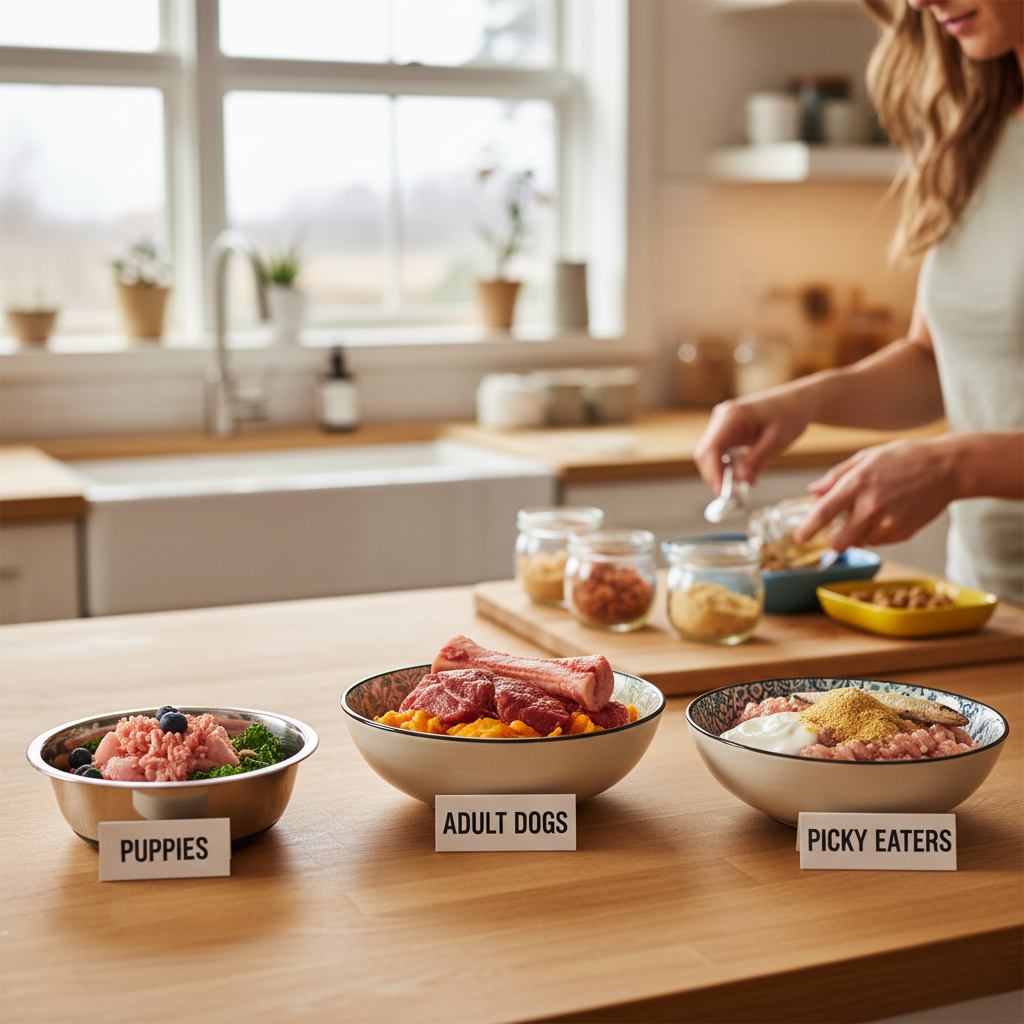
Navigating the Transition: A Tailored Approach
Switching to a raw diet isn’t one-size-fits-all. The method you choose depends on your dog’s age, health, and personality!
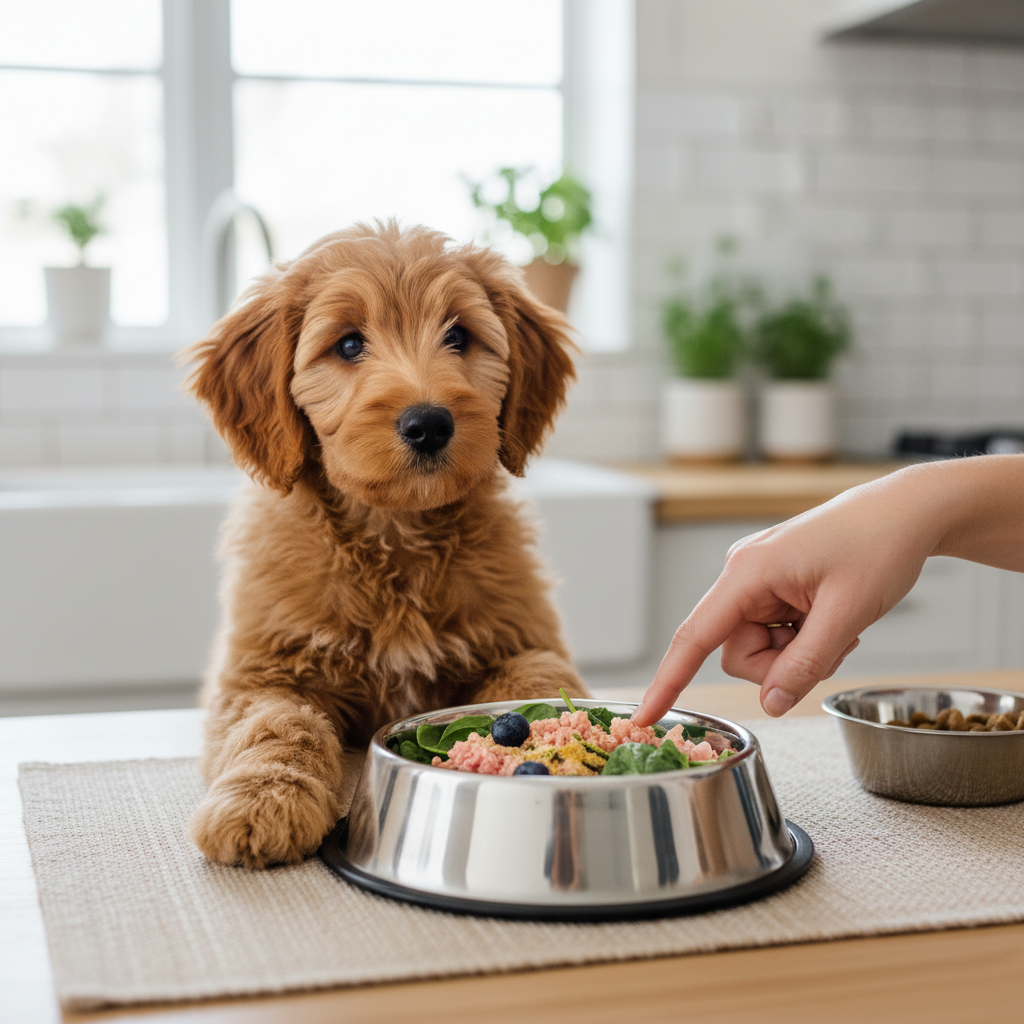
Puppies: Building a Foundation
For puppies, the transition is often smoother because their digestive systems are still developing and generally more adaptable. Many raw feeders recommend starting puppies on a raw diet as soon as they are weaned.
When transitioning a puppy, start with easily digestible proteins like ground chicken or turkey, and avoid giving bones initially until they are a bit older and you are confident in their chewing abilities. Introduce new proteins gradually, one at a time, to watch for any sensitivities. It’s a process of gentle introduction and observation. Keep in mind, puppies have high energy needs, so making sure they get enough calories and a balanced mix of nutrients is crucial. You might notice them having bursts of playful energy, followed by periods of deep rest, which is a good sign that they are digesting well and using the nutrients effectively.
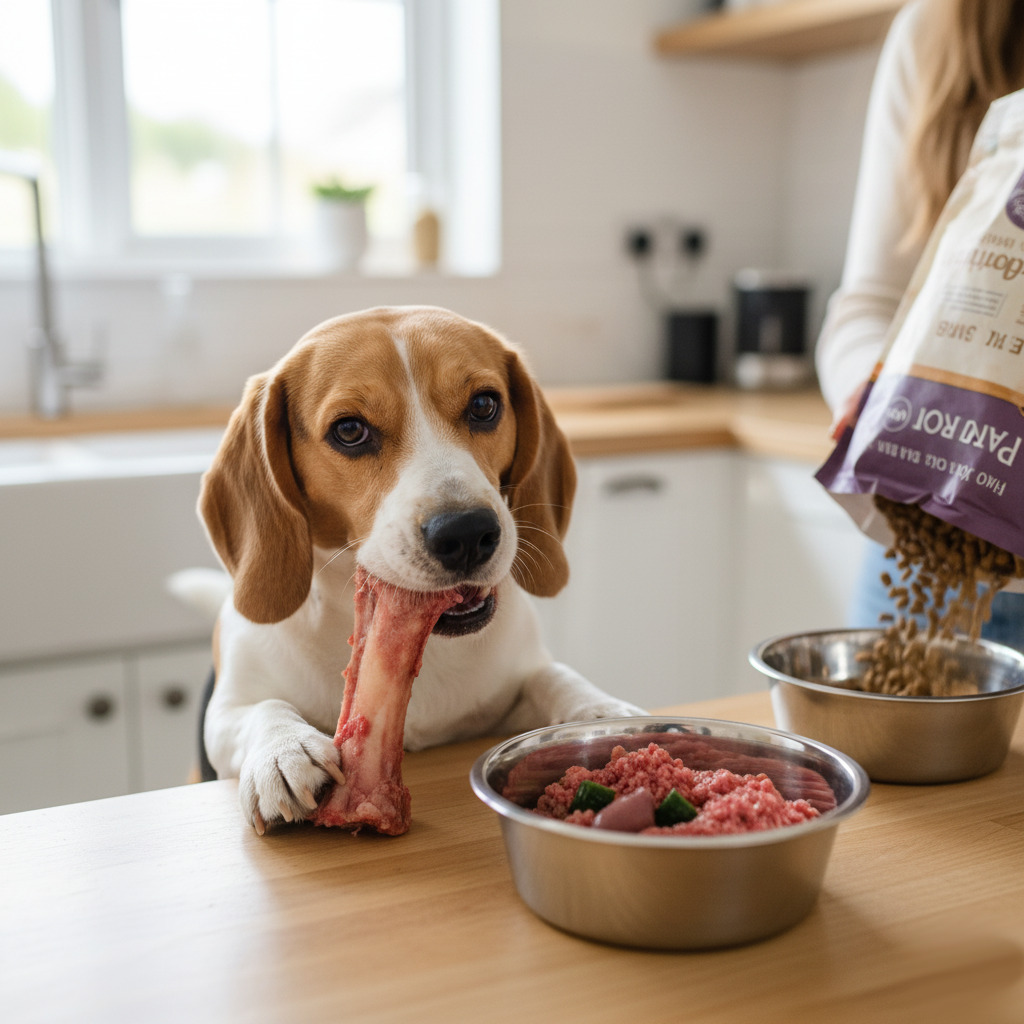
Adult Dogs: A Gradual Shift
For adult dogs, a more gradual approach is generally recommended so the transition doesn’t shock their digestive system, which can cause loose stools or stomach upset. There are a few popular methods:
- The “Cold Turkey” Method (Not Always Recommended): Some owners opt to switch immediately from kibble to raw. While this can work for some dogs with robust digestive systems, it can be a shock for others. If you choose this method, be prepared for potential digestive upset for a few days.
- The Gradual Mix: This involves slowly increasing the proportion of raw food while decreasing the kibble over a period of 7-10 days. Mix a small amount of raw food into their kibble, and gradually adjust the ratio until they are eating 100% raw. However, some raw feeders advise against mixing kibble and raw in the same meal due to different digestion times, suggesting feeding raw in the morning and kibble in the evening initially.
- Alternating Meals: Another approach is to feed entirely raw for one meal and kibble for the next, gradually increasing the frequency of raw meals until they become their sole diet. This can help their digestive system adjust more easily.
During this transition, pay close attention to your dog’s stool consistency. Loose stools are common initially, but if they persist or are accompanied by vomiting, consult your vet. A healthy stool is firm and well-formed.
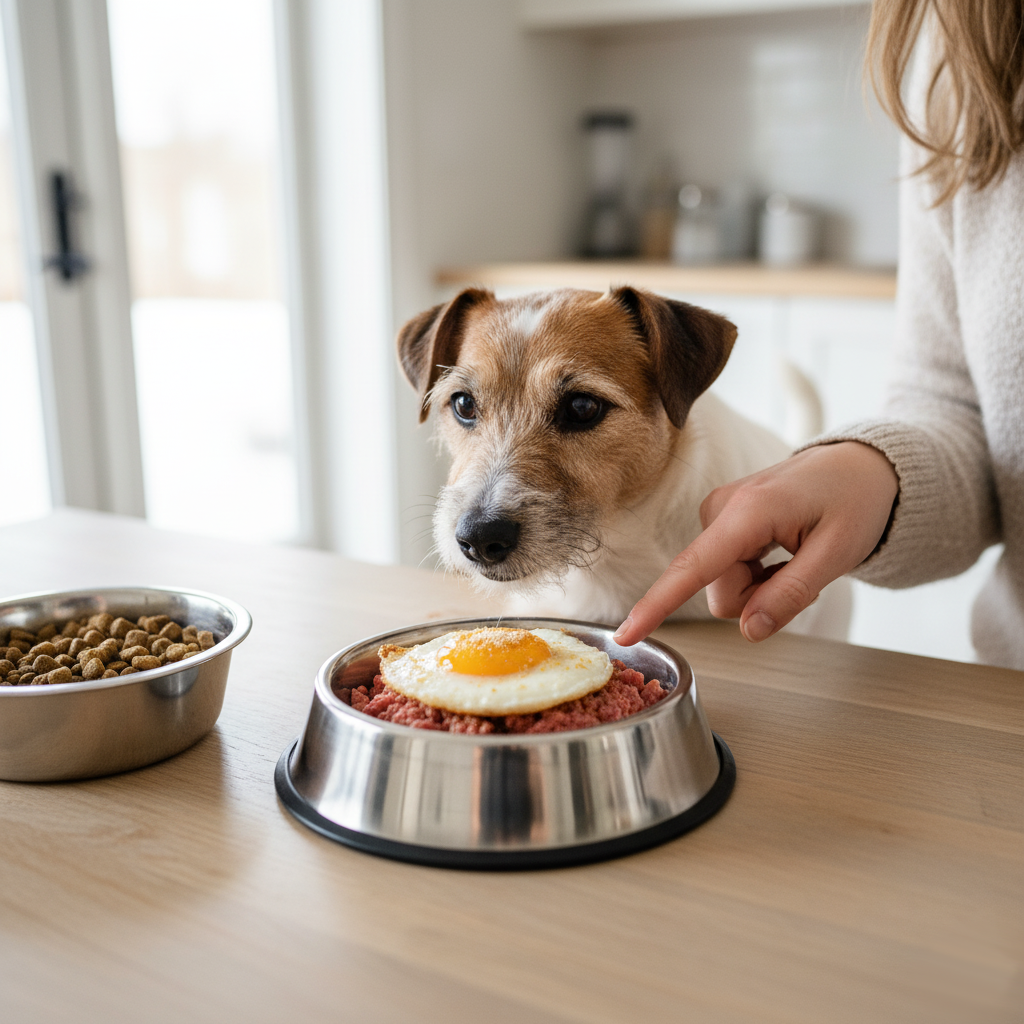
The Picky Eater: A Raw Challenge
Ah, the picky eater! This can be the toughest situation. Some dogs, accustomed to the consistent texture and flavor additives in kibble, might initially turn their nose up at raw food.
- Make it Enticing: Slightly warm the raw food (never cook it!) to release its aroma. You can also add a small amount of a tasty topper, like bone broth, a bit of yeast, fish flakes, dried powdered items, or plain yogurt, to make it more appealing.
- Variety Is Key: Don’t rely on just one type of protein. Try different kinds of meat — such as chicken, beef, lamb, turkey, and even fish. Some dogs have their own preferences, just like humans!
- Patience and Persistence: It may take time for your picky eater to get used to the new diet. Offer the raw food for 15-20 minutes, and if they don’t eat it, take it away and try again at the next mealtime. This helps them realize that this is the new food. Avoid giving options or treats during this period. Remember, patience and persistence are vital when dealing with a picky eater, and your efforts will eventually succeed.
- Mimic Nature: Consider giving larger pieces of meat or whole organs, if suitable for your dog’s size and chewing strength. Tearing and chewing can be more engaging and appealing to certain dogs.
- Experiment with Different Textures: Some picky eaters prefer ground raw food, while others enjoy the challenge of chewing on larger pieces.
Throughout any transition, monitoring your dog’s weight, energy levels, and overall demeanor is vital. Keep a close eye on their bowl for uneaten food and their bathroom habits for any changes.
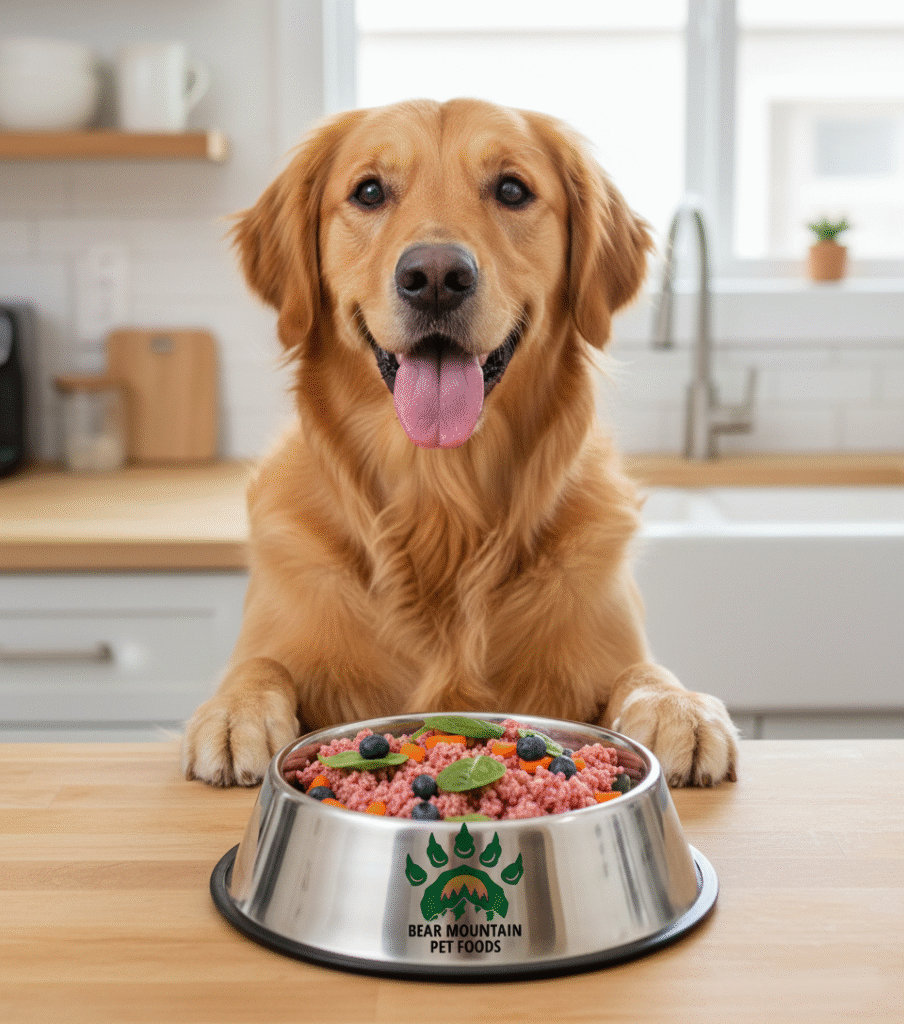
The Raw Reality: Beyond the Bowl
Switching to a raw diet is a commitment. It demands research, careful sourcing of ingredients, and attention to ensure a balanced diet and good results. But for many dog owners, the potential benefits – a healthier coat, cleaner teeth, better digestion, and a livelier pet – make it a truly “rawsome” choice.
So, if you’re thinking about this dietary adventure, do your research, talk to your vet, and approach it with an open mind and a keen eye. Your dog might just thank you with a wagging tail and a renewed zest for life.

